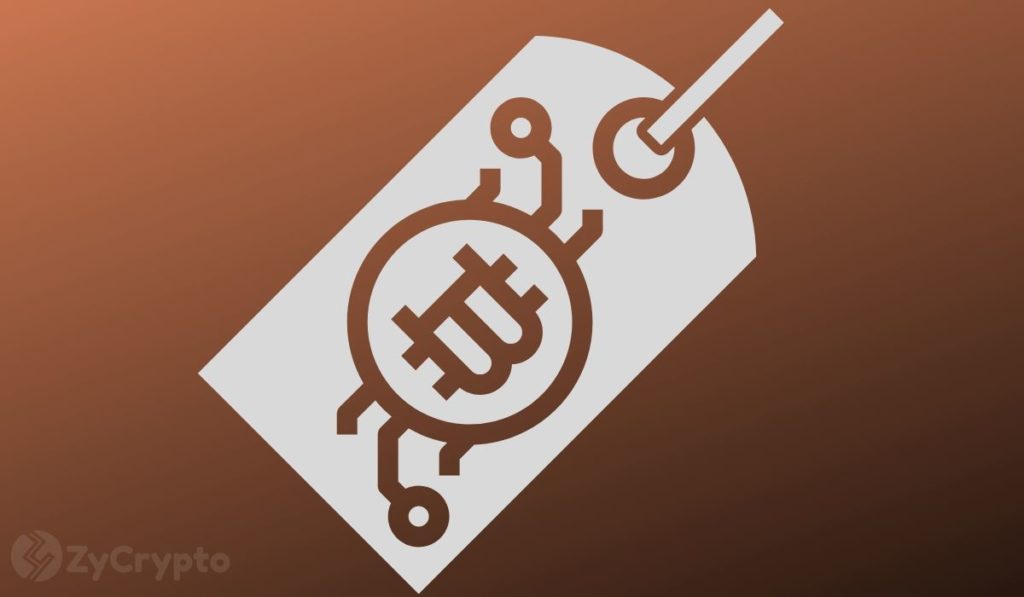2021-2-26 21:51 |
After wrapping up 2020 on a very high note, bitcoin (BTC) has continued to thrive amongst institutions, social media, and the world of mainstream finance.
The use of bitcoin as a store of value has grown tremendously. Bitcoin’s attraction has revived a much more positive reception of blockchain networks and cryptocurrencies in general.
The Bitcoin network and miningAmid the 2008 Wall Street financial crisis, an anonymous author and developer, Satoshi Nakamoto, published a whitepaper proposing a decentralized currency model independent of governments and central banks. For this digital currency, transactions would be conducted on a peer-to-peer (P2P) basis and confirmed by solving cryptographic equations in a mining process.
Mining is a multiplex process of adding new “blocks” of transactions to a blockchain network by solving complex mathematical equations. To create a decentralized P2P technology where transactions would be forever immutable, Satoshi developed a solution where miners on the open network confirm a new transaction through a series of cryptographically processed mathematical challenges. Overall, every node on the network must arrive at a consensus for a transaction to be valid.
Image source: quotefancy.com Types of mining/consensus mechanismsToday, there are two main types of consensus mechanisms commonly used on blockchain networks: the proof-of-work (PoW) and proof-of-stake (PoS) mechanisms. Bitcoin developers founded the network on the PoW consensus algorithm.
In PoW, miners are essentially incentivized in bitcoin after adding a new block (1MB worth of verified transactions) to the blockchain. To arrive at a block of transactions in the PoW model, a miner has to correctly solve a “hash” less than or equal to the target hash.
Contrastingly, the PoS consensus mechanism uses miners rather than validators. Validators in the PoS consensus are rewarded based on their stake in the network. Essentially, PoS validators lock up their currency in the system and stake on the next block to be added. When they get it right, they get a block reward. Overall, a validator can only mine or validate the proportion of the network they have staked.
While the PoW consensus was carefully designed to secure the bitcoin network and prevent “double spending”, it is not without flaws.
To validate transactions and add a new block in PoW, miners consume a lot of computing power and a high amount of electricity. A report published by the International Energy Association in 2019 revealed that bitcoin mining consumed as much energy as medium-sized countries such as Switzerland and Ireland.
To solve the energy consumption problem, the PoS consensus restricts users to validating just their stake in the network. In December 2020, Ethereum (ETH) announced the first phase of the launch of Ethereum 2.0, a PoS consensus model that would potentially save more in gas fees and energy consumption than the existing PoW model.
The 21 million supply and bitcoin halvingTo operate any decentralized model, each detail from source code to execution has to be spot-on. The finite bitcoin supply and halving are unique conventions designed to sustain the decentralized model.
In the design of the Bitcoin network, bitcoin supply was made limited. Eventually, there would only be 21 million bitcoins in circulation, as new bitcoin blocks are added to the blockchain. Overall, there have been about 18.6 million bitcoin mined, as of the time of writing.
Every four years or for every 210,000 blocks added to the Bitcoin ledger, the reward for adding a new block to the blockchain is halved. Essentially, when bitcoin mining started in 2009, the reward for mining a new block was 50 bitcoins; today, after three Bitcoin halving events, the reward is 6.25 BTC.
Consequently, every Bitcoin halving event creates an artificial scarcity of bitcoin and is associated with historic bitcoin bullish runs.
How long does it take to mine one bitcoin?Now, to the million-dollar question — how long does it take to mine one bitcoin? As mentioned previously, the Bitcoin network was founded on the PoW consensus mechanism. In this model, miners are rewarded in bitcoins for each new block of transactions added to the network.
Regardless of the number of miners, a new block must be added by the network every ten minutes. However, there are hundreds of thousands of miners on the Bitcoin network, each of them competing to guess the hash (64-digit hexadecimal) required to add a new block.
Successfully mining a block would take a miner many years and may ultimately be infeasible because of competition. To overcome this barrier, many miners team up to share computing power and the resulting rewards. Over the past few years, mining has continued to evolve in saving time, energy, and computing power while maintaining the same principles.
ASICs and the evolution of miningEssentially, when bitcoin mining started, miners used their home computers with decent graphic processing units (GPUs), minimal electricity consumption, and minimal technical skills.
However, as the Bitcoin network continued to grow, the developers made the code for mining bitcoin public in October 2010. Bitcoin mining became increasingly competitive, requiring more computing power and efficiency.
Over the years, the mining network increased in number, size, and, most importantly, computing power. In 2013, Canaan creative, a Chinese based manufacturer, designed application-specific integration circuits (ASICs), the first bitcoin mining-specific circuits.
ASIC mining chips were incredibly advanced: they were faster, more efficient, and advanced than GPUs. Today, bitcoin miners continue to compete for block rewards, while different hardware manufacturers aim for efficiency, especially power and energy consumption.
What happens when the 21 million gets mined?Bitcoin finite supply will eventually run out at its current pace. Of course, this has created an interesting debate in the Bitcoin network and has put questions over mining profitability in the future.
However, it is essential to note that even after the 21 million supply has been successfully mined, miners will continue to earn in bitcoin transaction fees but not block rewards.
While the Bitcoin network continues to grow and increase in popularity, mining and debates about the supply are one to watch out for in the coming years.
Be sure to read BeInCrypto’s “The Best Free Bitcoin Mining Methods in 2021”
The post How Long Does It Take to Mine One Bitcoin in 2021? appeared first on BeInCrypto.
origin »Bitcoin (BTC) на Currencies.ru
|
|

















